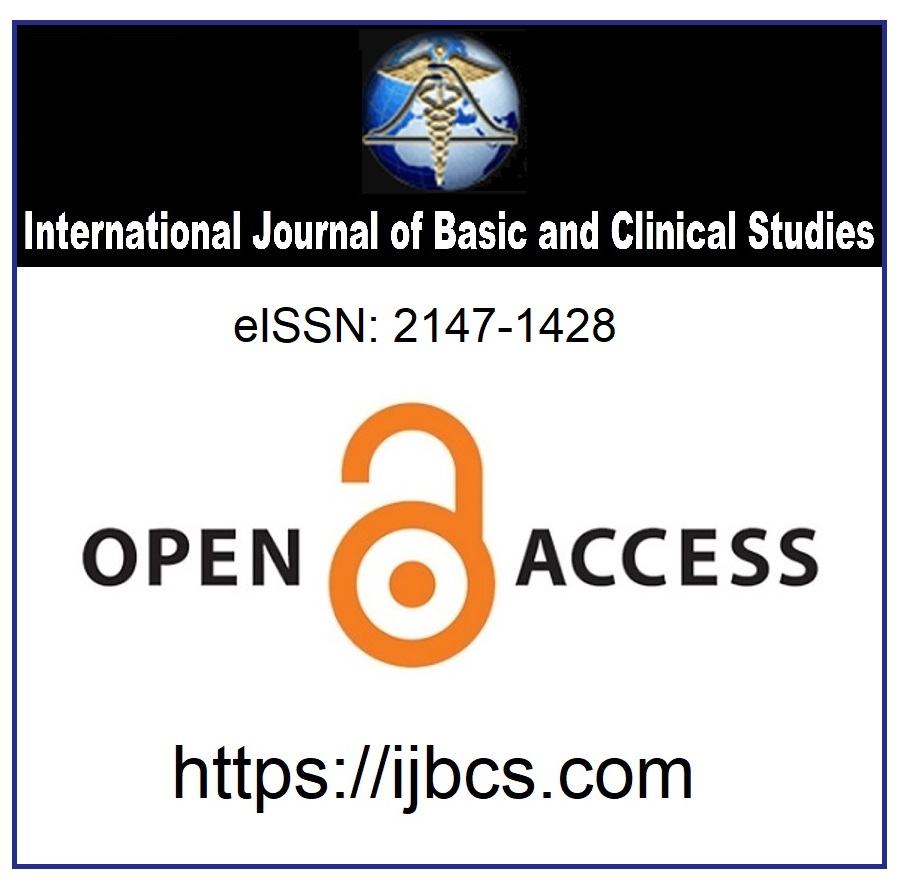Orthorexia Nervosa in Healthcare Professionals by Multivariate Statistical Method
Keywords:
Orthorexia nervosa, Healthcare professionals, ORTO-15, Hierarchical Cluster Analysis, Logistic RegressionAbstract
Objective: In this multicenter survey aimed to determine the risk factors associated with Orthorexia Nervosa (ON) affected in Healthcare Professionals and to determine the clustering tendency of the variables by the dendrogram.
Design: Cross-sectional
Settings: This study has been conducted in four full-fledged hospitals in Istanbul between March and April 2018.
Participants: A total of 248 participants from different health professions that are actively working in hospitals participated in the study.
Variables Measured: ORTO 15 was used to evaluate orthorexia Nervosa, EAT-40 for abnormal eating behaviors, and MAUDSLEY for obsessive-compulsive symptoms.
Analysis: Multivariate statistical methods are used to increase internal validity and the accuracy of the analysis of the data.
Results: Binary Logistic regression analysis was conducted with reporting of odds ratio to establish the risk for ON in Healthcare Professionals. The results that were obtained from Binary Logistic Regression showed that profession (odds: 6.766), BMI (odds: 4.370), eatingout (odds: 3.111), monthly-income (odds: 3.077), and chronic disease (odds: 2.596) regularly have higher odds of being ON in Healthcare Professionals.
Conclusions and Implications: Finding and preventing risk variables determined for healthcare professionals with powerful methods will increase efficiency in the field of health and provide an even problem-free healthcare system.
Downloads
Published
How to Cite
Issue
Section
License
Copyright (c) 2021 by the Authors

This work is licensed under a Creative Commons Attribution 4.0 International License.



